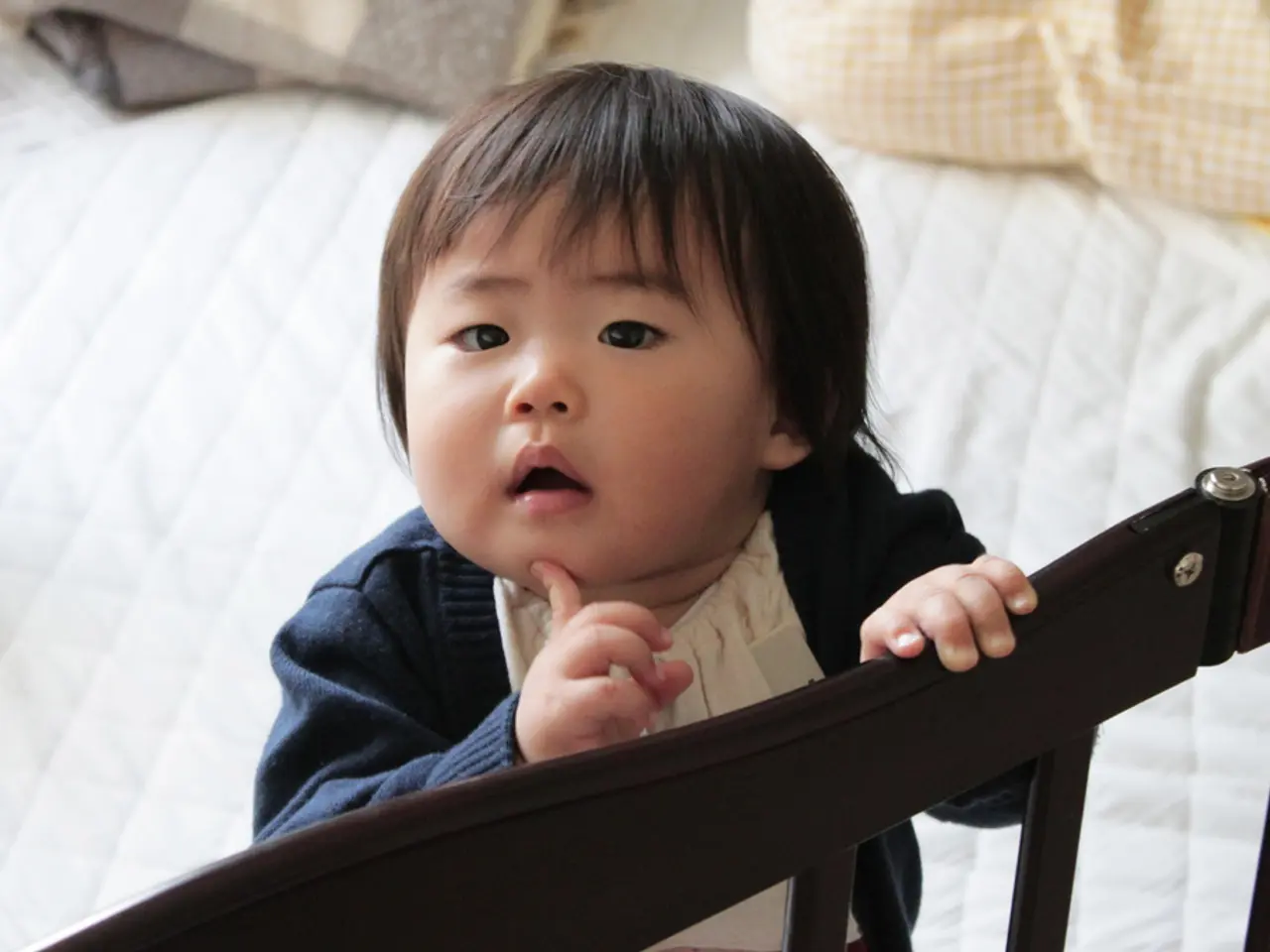Japan experiences a million more deaths than births exceeding expectations
Japan is grappling with a demographic crisis as its population continues to shrink, reaching a total of 120 million in 2024. This decline, which has been ongoing for 16 consecutive years, is primarily due to ultra-low fertility rates, rapid aging, and a host of socio-economic and cultural factors.
The root causes of Japan's demographic shift include high living costs, expensive housing, and childcare, economic uncertainty, and rigid work and gender norms. Japan's fertility rate of 1.2 children per woman is far below the replacement level of 2.1, and the baby-boom generation is now retiring, combined with Japan’s world-leading longevity, resulting in nearly 30% of the population being over 65. Younger adults often delay marriage or choose smaller families due to bleak job prospects, high living expenses, and demanding corporate culture.
The effects of this demographic shift are far-reaching. The workforce is shrinking rapidly, with a worker-to-elderly ratio currently around 2:1 and potentially declining to 1:1 by 2060. This strains economic growth and productivity. Rising costs for pensions, healthcare, and eldercare services place heavy strain on public finances and social systems, as the number of retirees grows relative to working-age individuals.
Many rural towns are facing depopulation, with abandoned homes increasing, schools closing, and eldercare facilities expanding in response to demographic changes. Economic risks include slower growth and potential national security challenges associated with a declining population.
Prime Minister Shigeru Ishiba has described Japan's aging population as a "quiet emergency". The Japanese government has implemented measures such as offering childbirth and housing subsidies, encouraging fathers to take paternity leave, and easing immigration rules to allow more foreigners into Japan as potential solutions to combat the declining population. However, these measures have yet to significantly improve birth rates.
CNN reported that Japan will still feel the blow to its social infrastructure due to the declining population. The decline in Japan's population is projected to have a significant impact on its pension and healthcare systems, and other social infrastructure. The pace of population decline is expected to slow down slightly by 2070 due to an increase in international migration.
In 2009, Japan's population reached a record high of 126.6 million inhabitants. However, according to government models revised in 2023, Japan's population is expected to fall by 30% by 2070. Japan is perceived as highly xenophobic, racist, and discriminatory, which might prevent the serious consideration of easing immigration rules.
In summary, Japan’s demographic crisis stems from longstanding socio-economic and cultural factors affecting fertility and aging, with profound implications for its economy, society, and public policy. The government's efforts to combat the declining population are ongoing, but the challenges are significant and require sustained attention and action.
[1] "Japan's Demographic Crisis: Causes and Consequences." The Economist, 2023. [2] "Japan's Shrinking Population: Challenges and Solutions." BBC News, 2024. [3] "Japan's Aging Society: The Quiet Emergency." CNN, 2024. [4] "Japan's Demographic Time Bomb." The New York Times, 2023.
Policy-and-legislation efforts by the Japanese government include offering childbirth and housing subsidies, encouraging fathers to take paternity leave, and easing immigration rules as potential solutions to combat Japan's declining population. These measures are part of the wider discussion on politics surrounding Japan's demographic crisis, as reported by general-news outlets such as CNN, The Economist, BBC News, and The New York Times.






